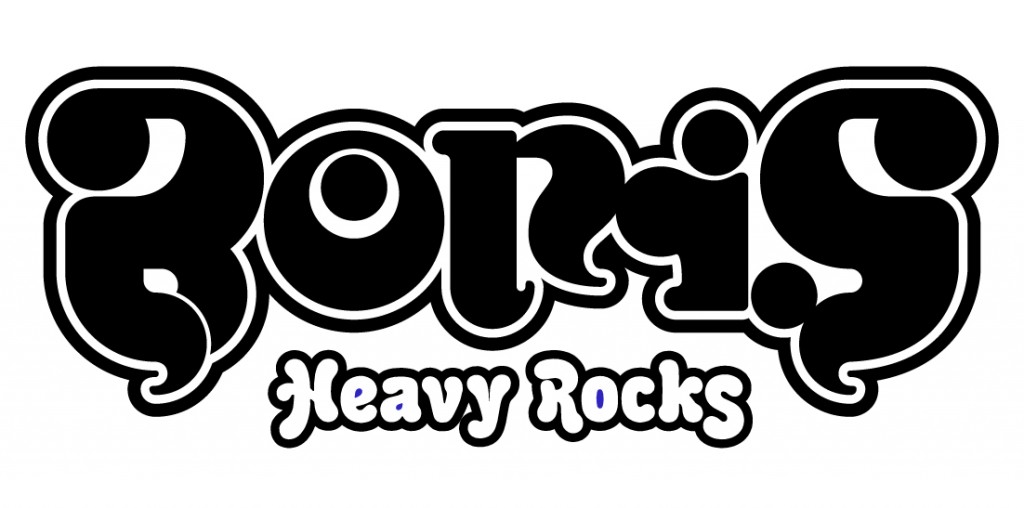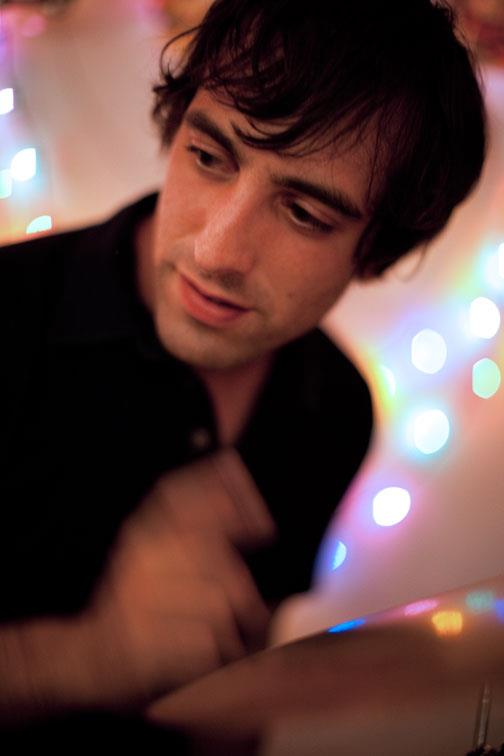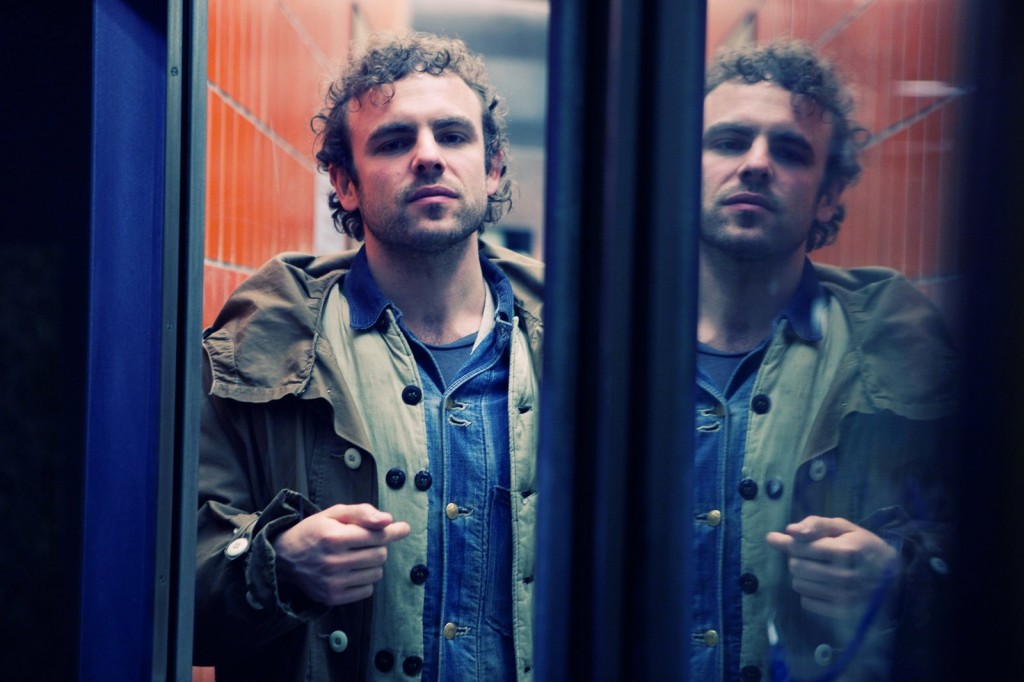May
07
with Stephen Brodsky (of Cave In) & Amen Dunes
Tue May 7th, 2013
8:00PM
Main Space
Minimum Age: 18+
Doors Open: 7:00PM
Show Time: 8:00PM
Event Ticket: $18
Day of Show: $20
happy hour
Boris – From the Past, The Present and Through to the Future
Night 1 – “All Time Classics”
This set will be songs spanning Boris’ entire career including some songs they have never played live in the US.
Night 2 – “Flood”
This set will be a performance of the cult classic album “Flood” and their noise/drone/experimental set. This evening will also include many songs that have never been performed in the US.
*limited two night passes are available for $30*
This is a general admission, standing event. Happy hour from 7pm-8pm including $3 beer and $5 well drinks.
Boris “Flood”

Some bands are fly-by-night operations, garnering instant fame, critical acclaim and shattering all album sales expectations within their first couple years of operation. You’ve seen ’em before — they’re certainly here today, everyone’s darlings tomorrow, and merely relegated to curbside refuse service just before the end of the week.
Boris is certainly not one of those spontaneous success stories. Though the thunderously heavy and melodic Japanese experimental rock outfit has only very recently been introduced to American ears — most notably via its groundbreaking 2006 release, Pink — the trio (vocalist/drummer Atsuo, vocalist/guitarist Wata and vocalist/bassist Takeshi) has been steadily grazing its unique sonic turf for well over the past decade. And the release of its latest full-length endeavor, Smile, will force the boundaries of Boris’ already-expansive repertoire — which features nearly a dozen albums — into new extremes.
But before looking at its illustrious present, it’s important to understand where Boris originated. The group came together in the early ’90s as a four-piece, formed simply for the sake of having some fun. Each current member had been playing in other acts, and Boris was assembled as a way to have the members interact together in a band atmosphere with their former drummer. “We simply wanted to play loud, heavy, extreme and intense music at that time,” the band says. “We have had the same feeling now as we did then.”
The timing was ripe for an experimental rock band in Japan. Grunge and noise rock were increasing in popularity, and the music scene in the band’s Tokyo homebase became borderless, allowing for the free exchange of musical thought and ideas. With influences including the Melvins and Earth to use as sonic templates, the foundation was set for Boris to flourish in the artistry it so immersed itself — and consequently gain the respect from like-minded audiences.
In 1996, Boris released its first full-length, Absolutego, which would quickly lead to a slew of album releases, including collaborations with Japanese experimentalists Merzbow and American-based drone metal guitar duo Sunn O))). Releasing albums with a surprising consistency and frequency would be immensely advantageous to Boris in a variety of ways. The multitude of labels across the globe (from ubiquitous U.S.-based indies Hydrahead and Drag City to Japan’s Daymare, Inoxia and Diwphalanx) and the abundance of limited releases produced by the band would allow Boris to the gain the studio experience it had sought. It also found the band pushing the creative visual envelope with its stunning artwork and packaging, primarily directed by Atsuo. Furthermore, it affirmed that Boris was able to morph and mutate into a variety of related styles and moods. And lastly, it also gave the group the much-deserved recognition it needed to break through into the often-fickle American underground music scene.
After befriending Southern Lord label chief Greg Anderson during their first US tour supporting the release of Absolutego, Boris continued to maintain their contacts with the label, sending their latest wares to Anderson and routinely corresponding with him about his involvement in Sunn O))). Soon thereafter, a relationship had developed, and Anderson, after launching his record label, obtained the blessing to release Boris albums for North American consumption.
Boris’ Southern Lord catalog began with the U.S. release of Absolutego in 2000, followed by the bombastic Amplifier Worship (issued in America for the first time in 2003), and the six-song Akuma No Uta (issued in America in 2005), which melded several different aspects of the act’s vast repertoire into one finite release, and featured novel artwork paying homage to Nick Drake’s Bryter Layter album cover (a more rare version of this album is known as the “Venom version,” because its artwork is in tribute to the veteran metal band).
However, one of the highlights of the Sunn O)))/Boris relationship came to fruition through the recording and subsequent release of the collaborative recording, Altar (2006), which spawned from an experience in which Boris had also performed without the use of a drummer. The release was significant in that it also featured a number of guest collaborators, including vocalist Jesse Sykes, Soundgarden’s Kim Thayil and former Melvins bassist Joe Preston.
2008 marks another milestone in the Boris timeline. It finds the act as a four-piece in live formation, with the addition of guitarist Michio Kurihara (with whom the band collaborated in 2006 for its Rainbow release). And it also finds Boris with the release of Smile, its latest full-length effort, which melds the buzzsaw guitar and rhythmic drone-like experimentation of the band’s back catalog in a fresh, distinctive, song-oriented presentation unlike any of the band’s previous releases.
Though the genesis of the album might hail from the recording sessions of the band’s Pink album, Boris maintains that they opted to more closely structure the material for Smile, a first for the band in composing and arranging the album’s content in an attempt to find the meaning and understanding in affirming the composing process. “Smile is including various ways of the ’emergence of the song,'” the band says.
One of the most representative themes of the Smile album hails from “KA RE HA TE TA SA KI (No One Grieve),” a distortion-drenched, psychedelic rhythmic barnburner. Atuso maintains that with over-extended touring, never-ending recording sessions and the flurry of activity that relates to the band’s career, the members of Boris often felt exhausted, losing interest in music. However, they continued to relentlessly persist in this expression of themselves. And in the end, the band asks, “how is my face looking like? I really hope that is a Smile.”
“We should act, and act anyhow,” they add. “The starting point is always here. Act and act until we feel exhausted. Lastly, we think, ‘we are done.’ We wish our faces could be Smile.”
Eschewing the traditional categorization of music is something which the members of Boris have continually prided themselves. “We really want to share the experience, phenomenon, or feeling that we have had and really hope Smile is going to be a new experience for everyone beyond music.”
A distinctly characteristic transformation noted with the release of Smile is Takeshi’s vocal styling, which is more melodic and captivating than ever before. His seamless delivery, knack for harmonies and consonance drive Smile into innovative horizons within the already-extensive Boris catalog.
And what keeps Boris moving ahead in its various stages of its lengthy career? Whether it’s referencing “boris,” “Boris” (undercase or titlecase refers to the group’s less mainstream wares) or “BORIS” (uppercase indicating the trio’s more structured material), the band’s outlook remains the same — an outlook that revolves around a constant evolution of its approach and form.
“We are always looking for exciting, stimulating and interesting music at the moment and expressing in that way, therefore our style is changing spontaneously and that change becomes its character at that point. Interesting experience and incident are way more important than surface style.”
Official Site
Facebook
Blog
Label
photo credit: Miki Matsushima
Stephen Brodsky (of Cave In)

Amen Dunes


